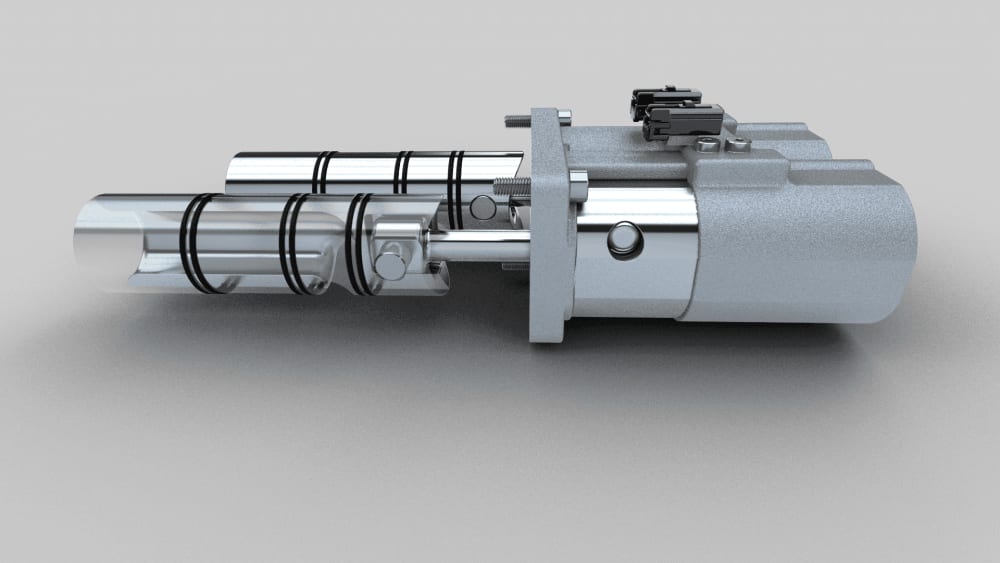Critics say the future of the internal combustion engine (ICE) is dead. Far from it! There is plenty of room for an improved ICE. In fact, it is the electric vehicles (EV) that are going to have a difficult time in the next 20 years growing and gaining market-share. Even with all the government subsidies, less than 2% of all vehicles on the road in the U.S. today are electric battery powered. The EV marketplace needs to address the following issues in their industry:
- EVs need safer battery technology.
- Transferring the nation’s transportation energy usage to the Grid will be a huge trick since the Grid is at
98% capacity currently. - The largest electric utilities in America are broke. Of the top 15 electric utilities, twelve have a negative
free cash flow position. - Globalization as we know it has changed. Access to Neon, Nickel, Steel, Lithium, Copper, Aluminum and
Titanium are being long-term affected. - Renewable resources (solar/wind) will be limited due to their lack of viable grid energy storage capacity.
- The Manhattan Institute analyzed the true life-cycle carbon footprint of EVs are about the same as
manufacturing a modern ICE. - Perhaps the largest stumbling blocks are the limited utilization and expensive replacement of the EV battery itself.
As contrary as it seems, a big part of the "greenhouse" solution comes from the source of the problem, the ICE! One need not look any further than an improved ICE to help reduce our dependence on non-renewable energy resources.
In order to produce an improved ICE to the maximum amount of horsepower and the least amount of greenhouse emissions, the exhaust valves should not open until the piston goes from Top Dead Center to Bottom Dead Center in the combustion stroke. Today, the reality is that all exhaust valves open in the region of 60-70 degrees before Bottom Dead Center. Glide Valve’s multi-patented technology has the ability of delaying the exhaust valve opening until Bottom Dead Center. Unlike mechanically linked poppet valves, this creates a 40% longer combustion stroke which substantially increases torque and reduces greenhouse emissions due to having the time to have a more complete burn.
Glide Valve Engine Technology is a non-invasive Electro-Pneumatic Valve Actuation System (EPVAS) which provides the greatest potential for optimizing the engine “valve events.” In November, 2016, a similar EPVAS design engine was tested by a national European lab with the following stated results: 45% more horsepower, 15% better fuel economy and 35% fewer emissions. The internal testing on our prototype showed a fuel efficiency pick-up and a 23% reduction in Nitrogen Oxides (NOx) and a 38% reduction in Carbon Dioxide (CO2). We believe Glide Valve could become a very large-scale transformational Green House Gas (GHG) Project and be eligible to earn Carbon Credits. The low emission future of the ICE lies with the digital transformation of the engine's valve-train. Glide Valve Engine Technology will be right in the middle of that conversation. More on our web-page: http://www.glidevalve.com
Video
Like this entry?
-
About the Entrant
- Name:Robert Mclean
- Type of entry:teamTeam members:
- Jeff England

